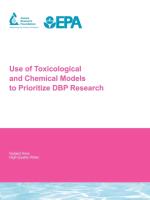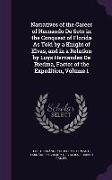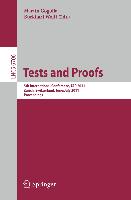Use of Toxicological and Chemical Models to Prioritize Dbp Research
BücherAngebote / Angebote:
Epidemiological associations between chlorinated drinking water and adverse health outcomes cannot be plausibly accounted for by regulated DBPs, such as trihalomethanes (THMs) and haloacetic acids (HAAs). The strength of these associations varies significantly, but bladder cancer has been widely observed. While the odds ratios are modest and the results remain controversial, the risk to the population is greater than generally accepted in environmental regulation. Resolution of this issue requires an exploration of DBPs that are more plausible causes of cancer and reproductive effects at the low concentrations found in drinking water.
The principal impact of this project is to provide a framework for future research on DBPs. The effort was deliberately biased towards identifying chemicals with a high probability of having a high toxicological potency, of being carcinogens, or developmental toxicants based on formal and informal analogies to chemicals that have adequate databases. Classes of chemicals that have not been studied have the most potential for producing adverse health effects. Therefore, this effort provides direction for future studies of occurrence and provides a means of focusing health effects research in areas that have not been previously pursued.
Folgt in ca. 15 Arbeitstagen




